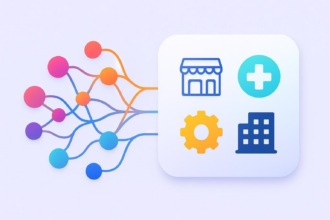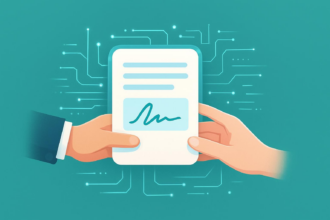Did you know that we forget 70 percent of what we read in a book within the first 24 hours?
One way to combat this is by using a reading system, which has been shown to help
- Keep you engaged and focused
- Organize highlights and reading notes
- Improve reading comprehension
- Create a condensed record for study
From using reading recall software such as
Nonfiction authors are particularly great at organizing their reading notes, especially since their job largely depends on it.
In this post, we’ll dive into three different reading and knowledge management systems.
Use the notecard system
- Read widely.
- Mark down what sticks out to you.
- Take notes while you read.
- Write down wisdom, not facts.
- Leave the book for a week and then return to your notes.
Organize your book notes as blog posts
Organize book notes in collections
- Schedule reading.
- Make it part of your job.
- Get Kindle and Audible subscriptions.
- Write regularly.
- Track reading and use social pressure to keep motivated.
- Only read books that get you excited.
- Seek a transformational reading experience.
- Realize that reading is excellent leverage.
Think back to the last chapter you read. After finishing, did you ask yourself, “What did I just read?” Leveraging the notecard system will help keep that from happening.
This method was popularized by best-selling nonfiction authors Ryan Holiday and Robert Greene. It is also known as the “commonplace book.”
According to Ryan Holiday, a commonplace book “is a central resource or depository for ideas, quotes, anecdotes, observations and information you come across during your life and didactic pursuits.”
This system can be summed up in five steps:
Holiday uses a physical box with 4×6 index cards and carries it with him when necessary.
While the notecard system is analog, another popular method is to treat your book notes like blog posts. This is the system that serial entrepreneur, philosopher, and best-selling author Derek Sivers uses.
Sivers stated, “When I am reading and I come across a surprising or inspiring idea, I save it.” It’s that simple.
The reason why the blog post method can work so well is that it forces you to reflect and organize your thoughts on what you read as opposed to highlighting and summarizing the book.
For example, I read many self-help books. There are a ton of tips on how to live healthy, crush your goals, and focus on the present. I physically and mentally can’t remember every single suggestion. It wouldn’t be helpful either. So when I take notes, I write down a small quote that means something to me, something that I can reflect on that’ll apply later in life.
Much like Sivers, Taylor Pearson, another best-selling nonfiction author, uses short and concise one-liners to take notes while reading. However, Taylor Pearson organizes his notes a little differently — by category, including self-help, motivation, history, psychology, and more.
Pearson believes the primary role of reading is “improving your model of the world to more accurately reflect reality so that you can make better decisions.”
The main lens that he uses to organize his notes is to ask the question — “What is this particular book whispering?” — meaning, what is the theme or undercurrent that runs through the entire book?
For example, in his book, The End of Jobs, one of the main themes in the book is that you should take your education into your own hands.
Pearson also shares ways for how we can read more:
Not every system is going to work for you.
If you find yourself struggling to remember what you read or you want to more thoroughly understand what you read, try out a reading system. When developing a note-taking system, remember that it’s not to summarize the book but to organize essential themes from the reading.
RECOMMENDED ARTICLES












Send Comment: